The Dodge Charger, born in 1966, has been revived across eight generations, from fastback muscle to four-door sedan. Its staying power comes from raw performance, cultural weight, and market demand. Even with production of gas models ending in 2023, Dodge brought it back as a 2024 electric Daytona and 2025 gas-powered Sixpack. Here are ten reasons why Dodge keeps the Charger alive for those who know their cars.
1966 Charger Set the Tone
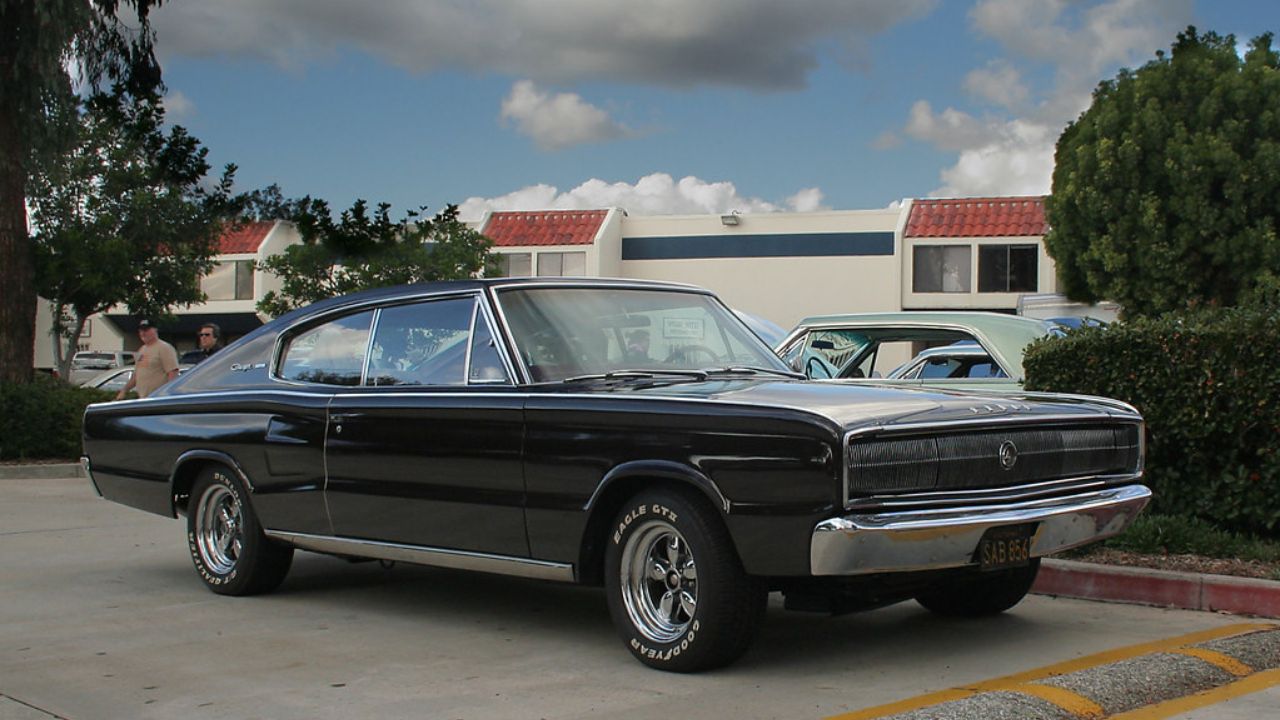
The 1966 Charger’s 426-cubic-inch Hemi V8 made 425 hp and 490 lb-ft, hitting ~130 mph with a four-speed manual. It’s 117-inch wheelbase and 4,100-pound frame were solid.
The fastback roof and hidden headlights were striking. Inside, four bucket seats and electroluminescent gauges felt upscale. Only 37,500 were built, valued at $100,000–$300,000 today. Its muscular debut gave Dodge a nameplate that still carries weight for revival.
1968 Redesign Boosted Sales
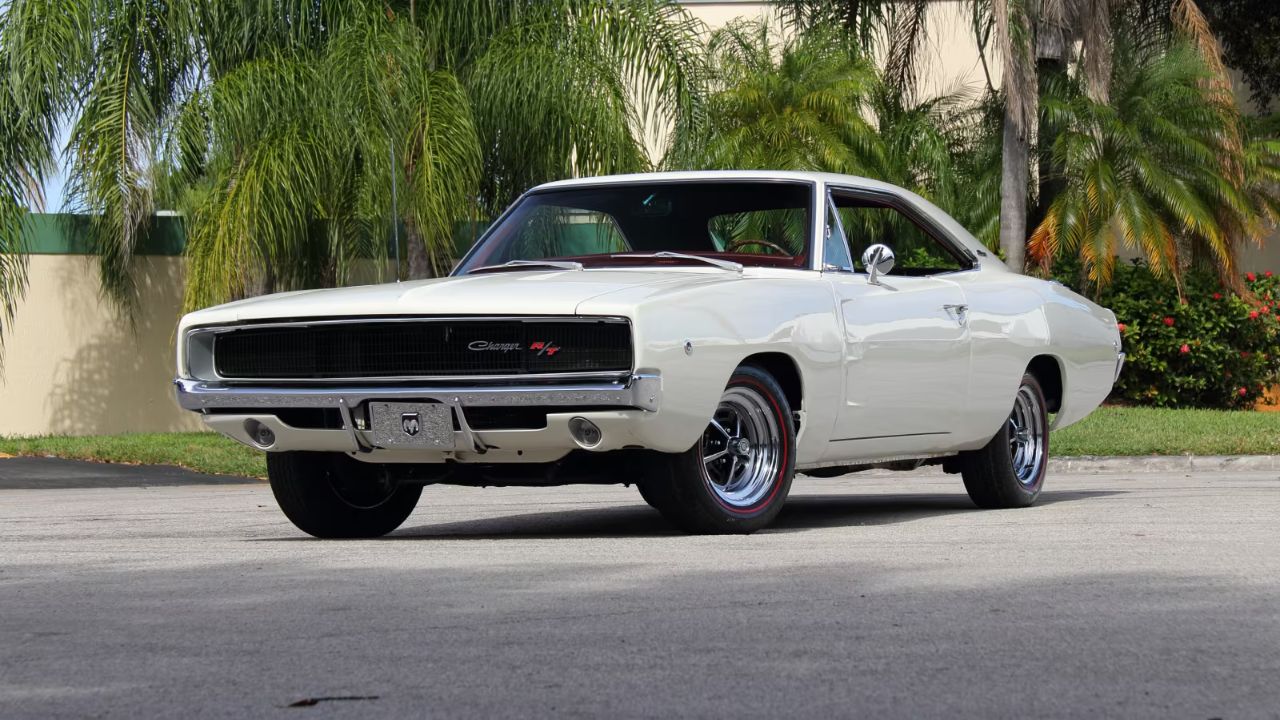
The 1968 Charger’s 440-cubic-inch V8 produced 375 hp and 480 lb-ft, reaching ~125 mph. It’s 117-inch wheelbase and 3,900-pound weight handled well with a three-speed automatic.
The Coke-bottle curves and vinyl roof were iconic. The interior had bucket seats and a full-length console. Sales soared to 96,100 units compared to 37,500 in 1966. This redesign’s popularity showed Dodge the Charger’s market strength, fueling its return.
NASCAR Success Built Cred
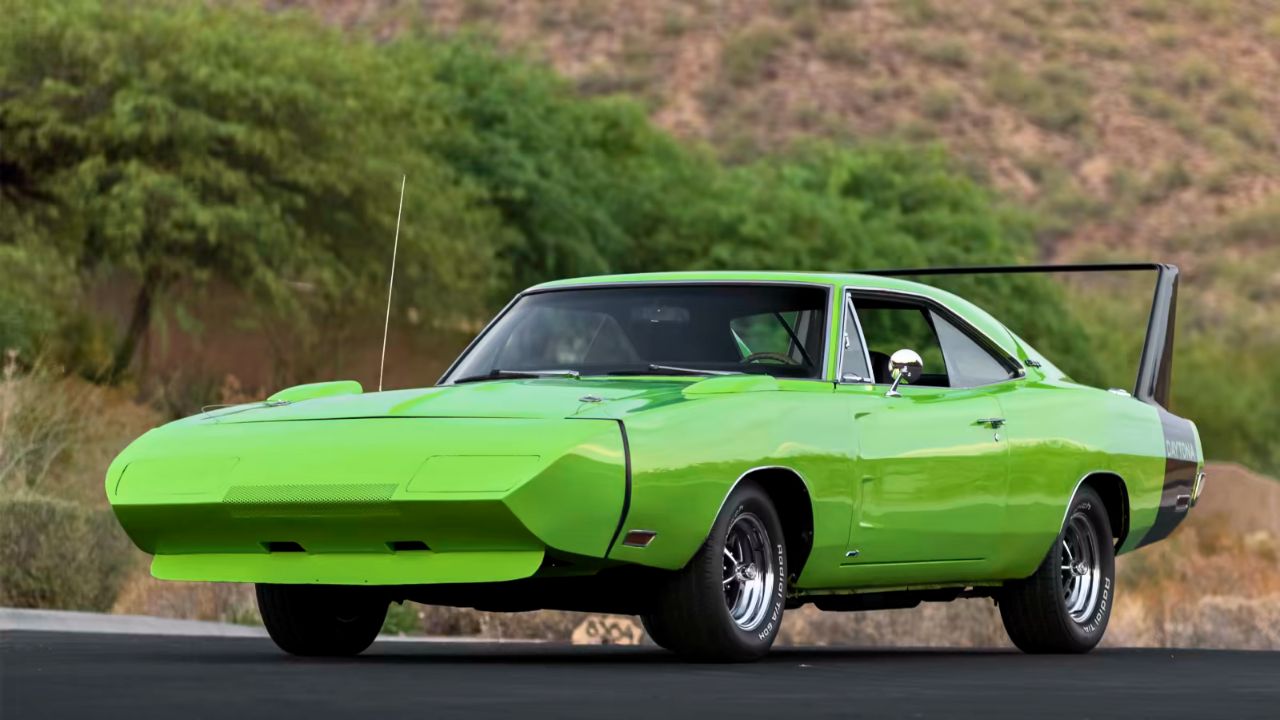
The 1969 Charger Daytona’s 426 Hemi V8 made 425 hp, hitting ~140 mph. It’s 117-inch wheelbase and aerodynamic nose gave it NASCAR wins, including Bobby Isaac’s 1970 championship.
It’s wing and flush rear window were race-inspired. The interior had vinyl buckets and basic gauges. Only 503 Daytonas were built, valued at $400,000–$900,000. It’s racing legacy keeps the Charger name alive for performance fans.
Cultural Icon Status
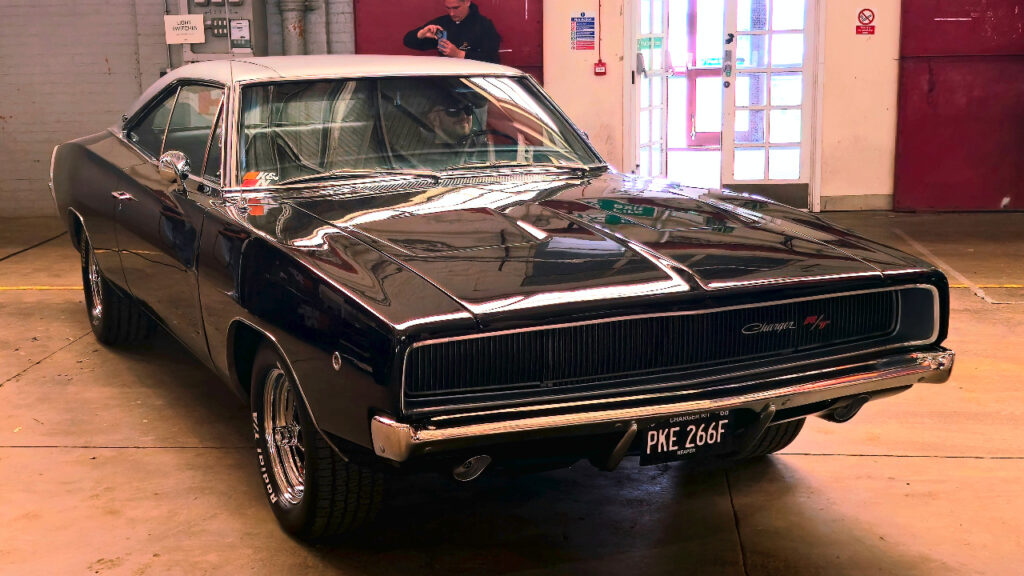
The 1968–70 Charger starred in Bullitt and The Dukes of Hazzard, powered by a 383-cubic-inch V8 with 335 hp and 425 lb-ft, hitting ~120 mph. It’s 117-inch wheelbase was agile at 3,900 pounds.
It’s bold grille and fastback roof were unforgettable. The interior’s bucket seats and console were sporty. Pop culture fame, with 96,000 units sold in 1968, ensures Dodge keeps reviving the Charger for nostalgic appeal.
2006 Sedan Revival Worked
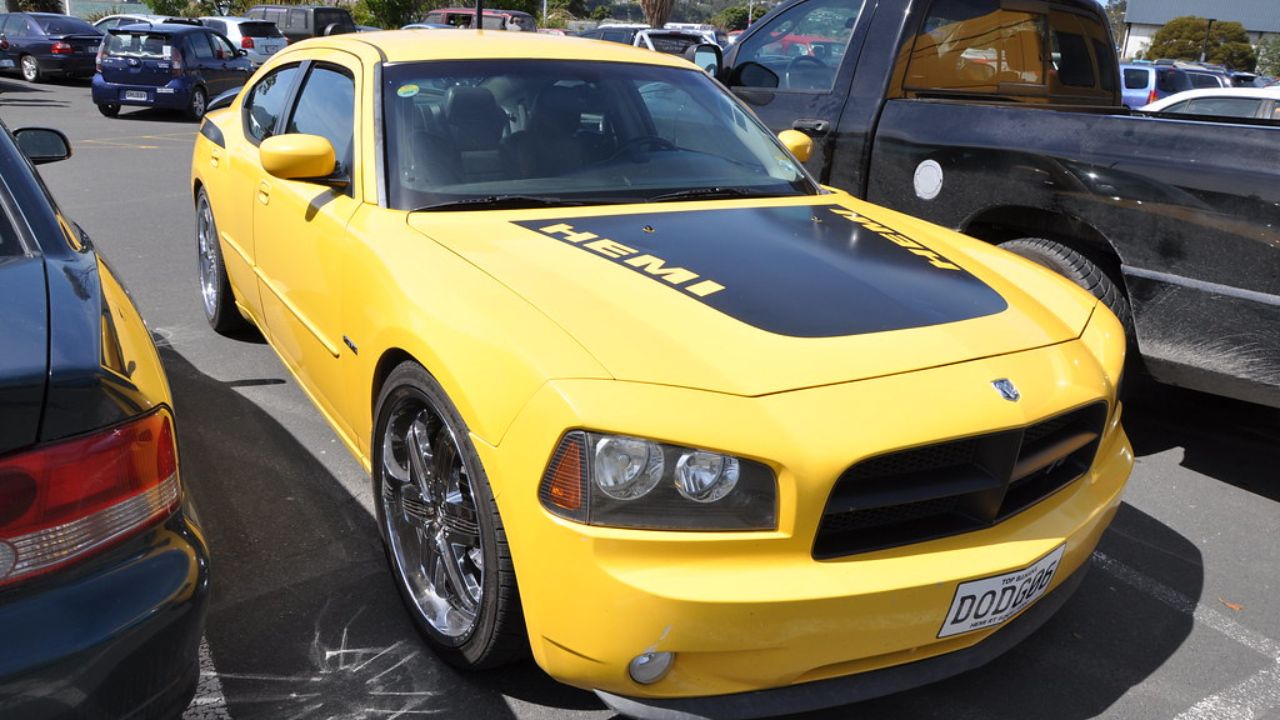
The 2006 Charger’s 5.7-liter Hemi V8 made 340 hp and 390 lb-ft, hitting 0–60 mph in ~6 seconds. Its 120-inch wheelbase and 4,000-pound frame offered a four-door sedan layout.
Its aggressive stance and sloped roof echoed the original. The interior had velour buckets and optional navigation. Sales hit 114,201 in 2006, per. The sedan format’s success showed Dodge could modernize the Charger while keeping it’s muscle car vibe.
Hellcat’s Extreme Performance
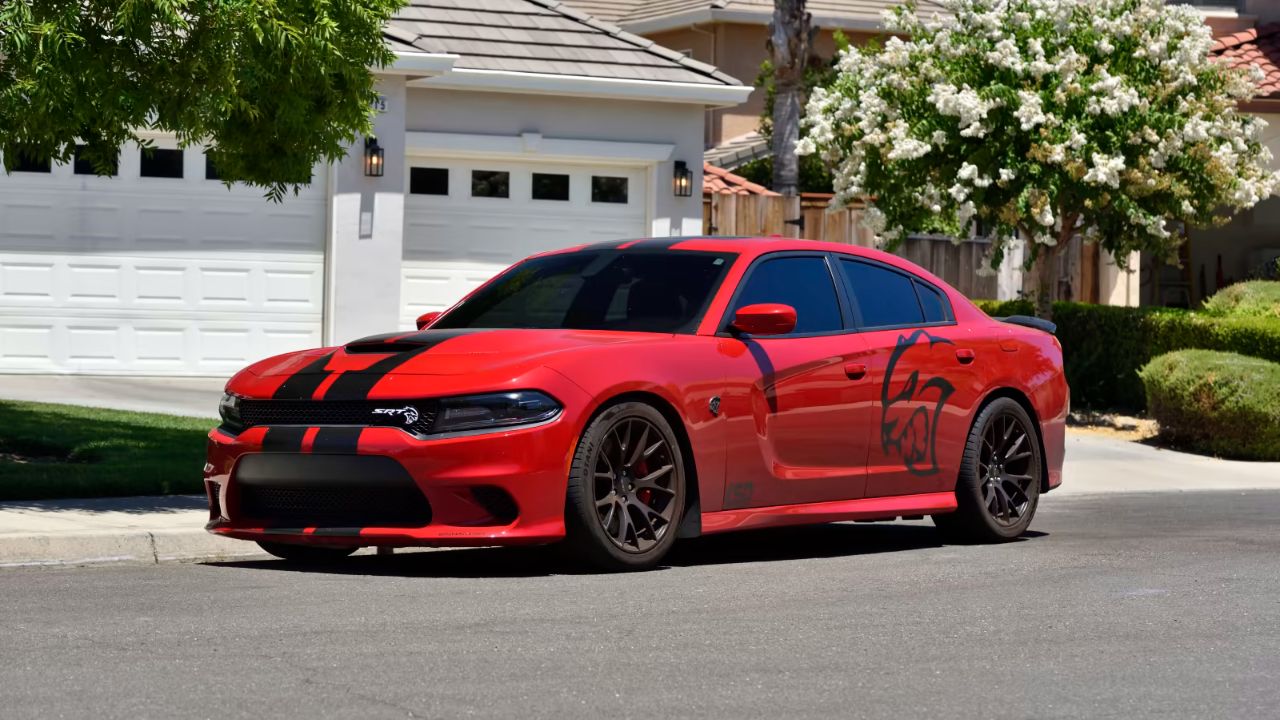
The 2015 Charger SRT Hellcat’s 6.2-liter supercharged V8 produced 707 hp and 650 lb-ft, hitting 0–60 mph in 3.7 seconds and 204 mph. It’s 120.2-inch wheelbase and 4,500-pound weight were stable.
The widebody design and hood vents looked fierce. Leather seats, an 8.4-inch touchscreen, and heated steering wheel were plush. Over 80,000 units sold in 2015. It’s insane power keeps the Charger relevant for performance seekers.
2024 Daytona EV Pivot
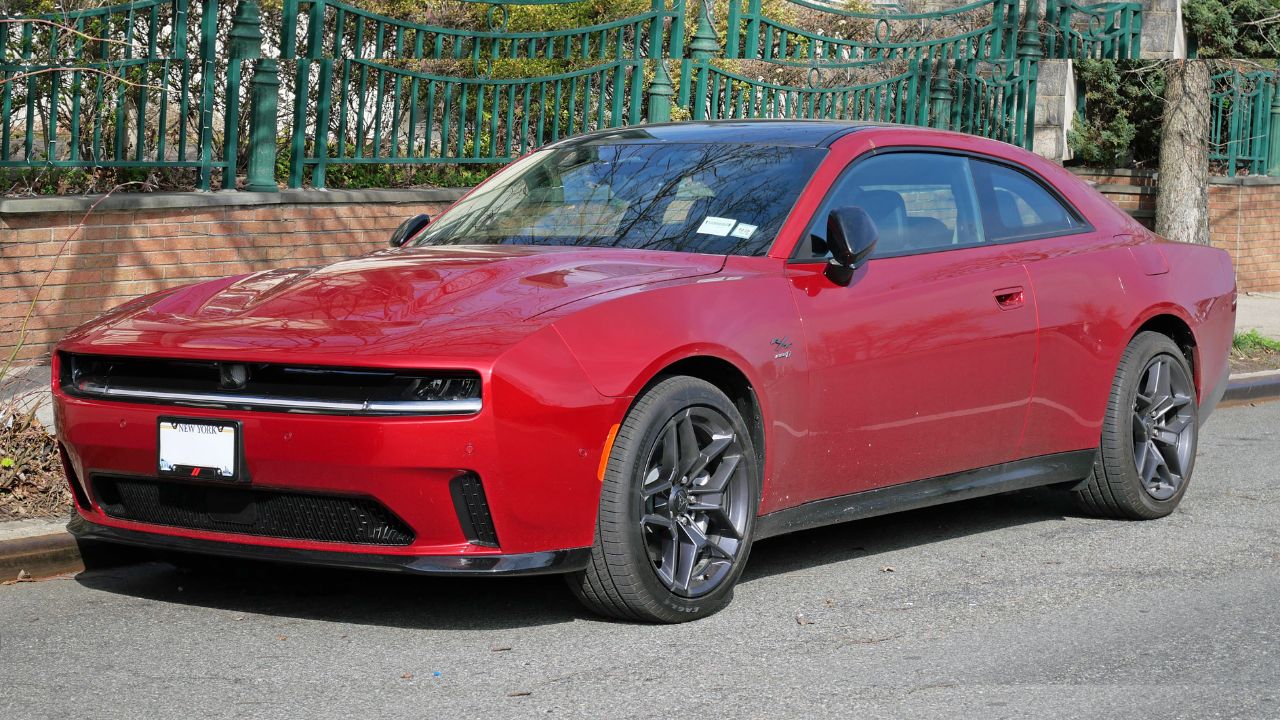
The 2024 Charger Daytona EV Scat Pack delivers 670 hp and 627 lb-ft, hitting 0–60 mph in 3.5 seconds and 119 mph in the quarter-mile. It’s 121-inch wheelbase and 4,800-pound weight include all-wheel drive.
The widebody stance and Fratzonic exhaust mimic gas models. The interior has a 12.3-inch touchscreen and 64-color ambient lighting. Dodge’s EV shift, with 21,731 units sold in Q1 2025, shows the Charger’s adaptability to electrification trends.
Last Call Editions Fueled Demand
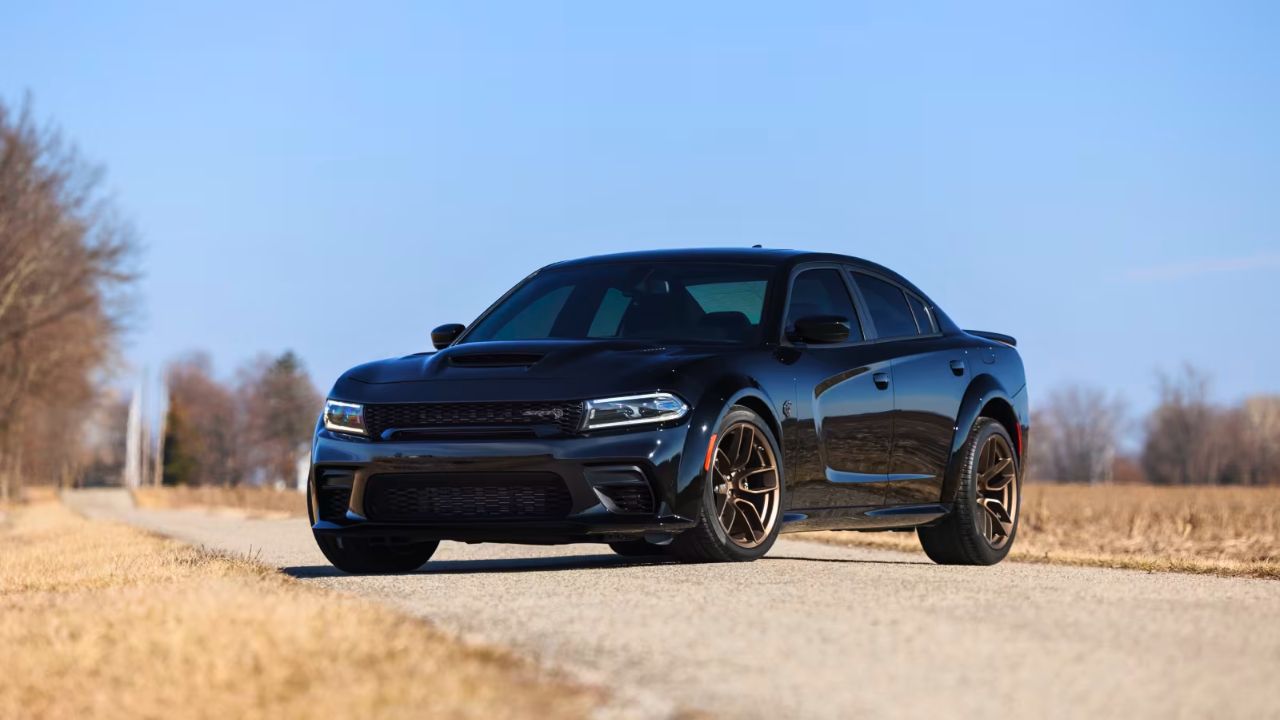
The 2023 Charger’s Last Call models, like the 797-hp SRT Hellcat Redeye, hit 0–60 mph in 3.6 seconds. It’s 120.2-inch wheelbase and 4,500-pound frame were robust with an eight-speed automatic.
Special editions like the King Daytona had unique badging and leather seats. Dodge sold 96,935 units in 2019 drove collector interest, proving the Charger’s nameplate strength for future revivals.
Competitive Muscle Car Market

The 2020 Charger SRT Hellcat Widebody’s 707-hp V8 outpowered the Mustang GT’s 460 hp, hitting 0–60 mph in 3.6 seconds. It’s 120.2-inch wheelbase and 4,500-pound weight matched rivals like the Camaro SS.
It’s leather interior and 8.4-inch Uconnect touchscreen were modern. The Charger’s sales of 80,000+ annually outpaced the Camaro. It’s ability to compete with Ford and Chevy keeps Dodge invested in the Charger name.
Sixpack Gas Option Returns
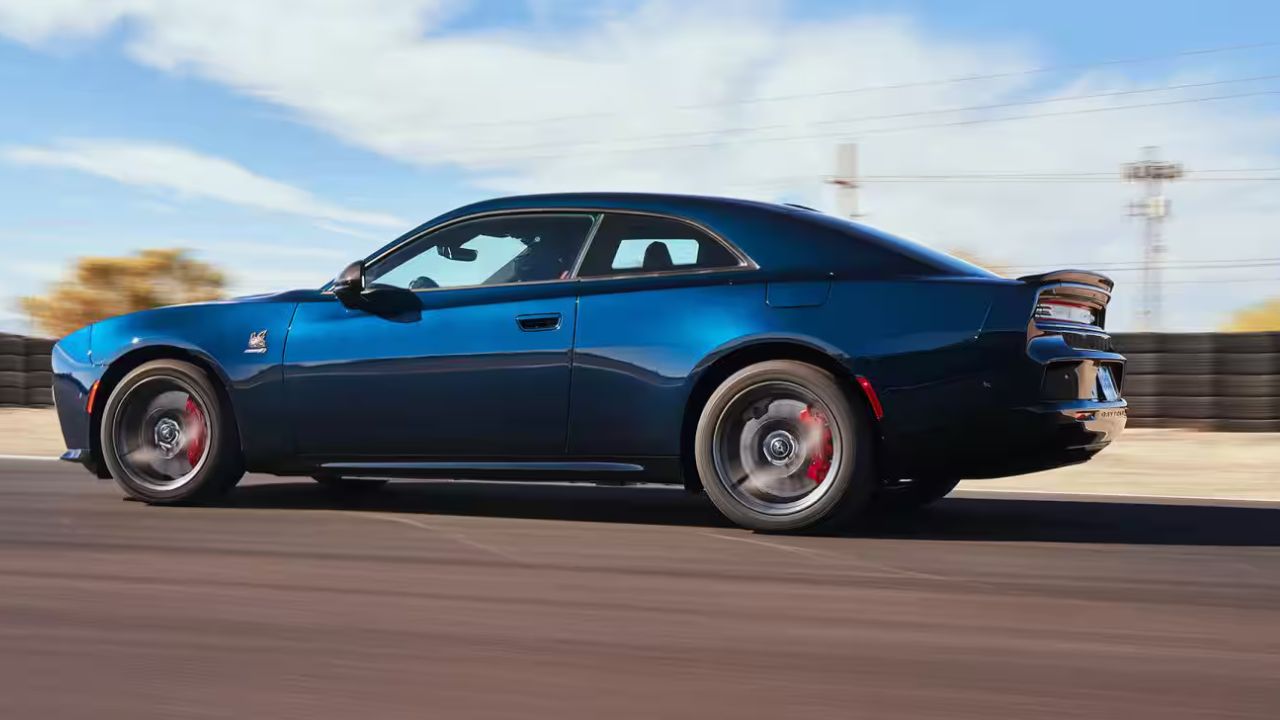
The 2025 Charger Sixpack’s 3.0-liter Hurricane inline-six makes 420 hp (S.O.) or 550 hp (H.O.), hitting ~150 mph, per. It’s 121-inch wheelbase and 4,300-pound weight offer two- or four-door options.
Retro-inspired styling and a 16-inch digital cluster nod to the past. Production started in 2025 showing Dodge’s commitment to gas-powered Chargers amid electrification, keeping the nameplate alive for traditionalists.

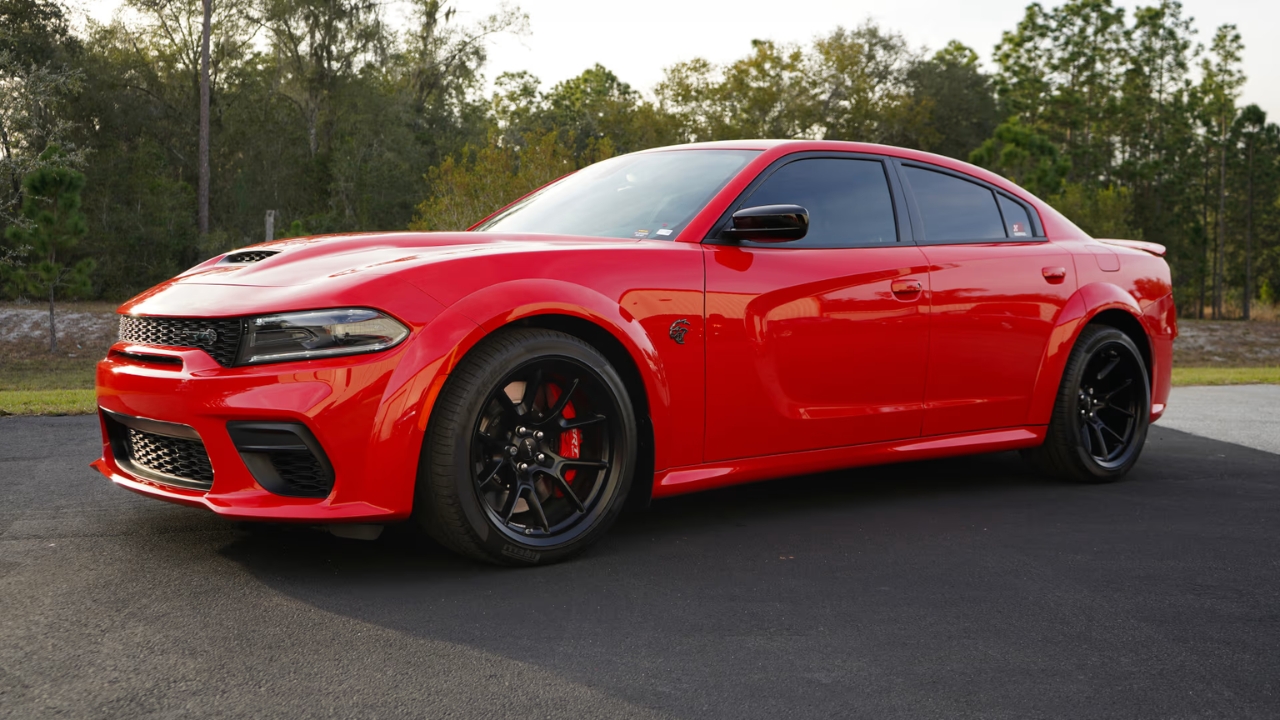



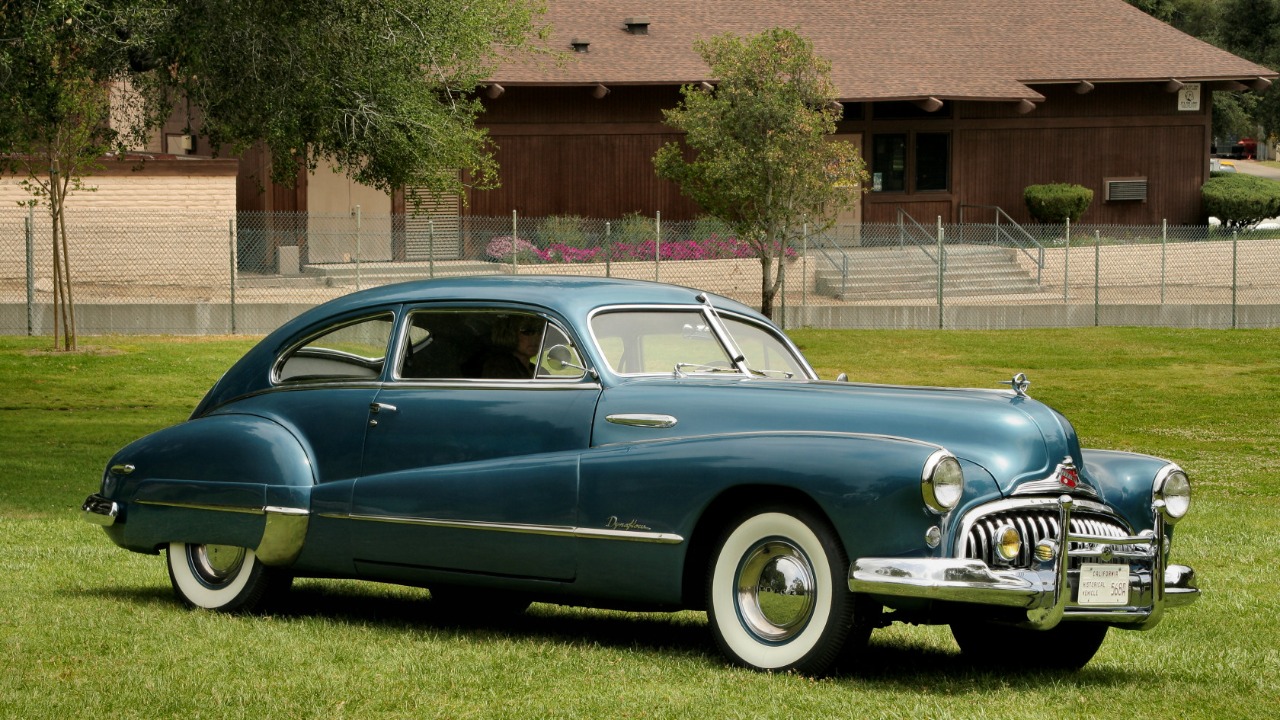

Leave a Reply